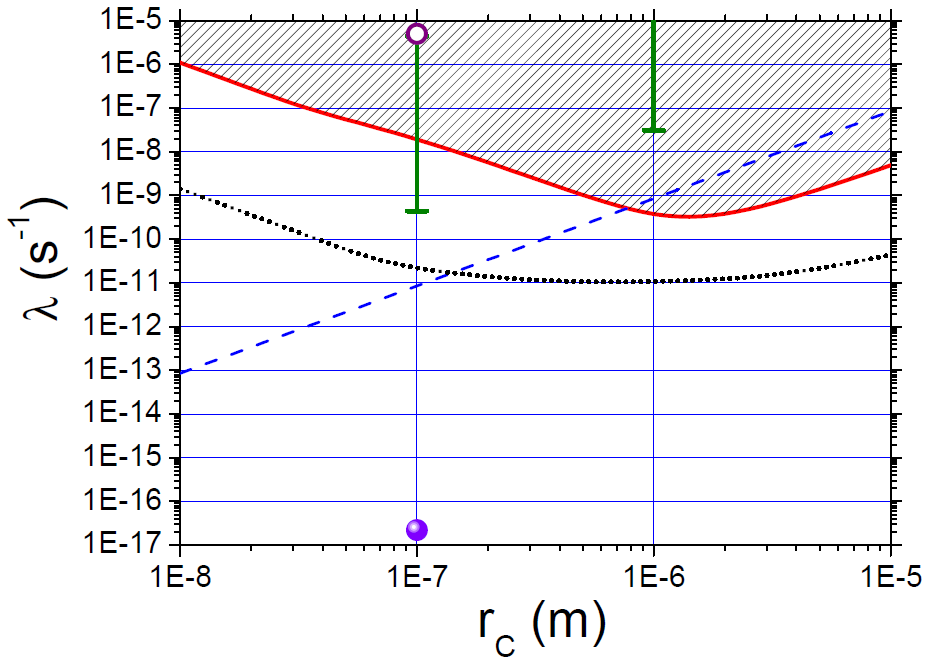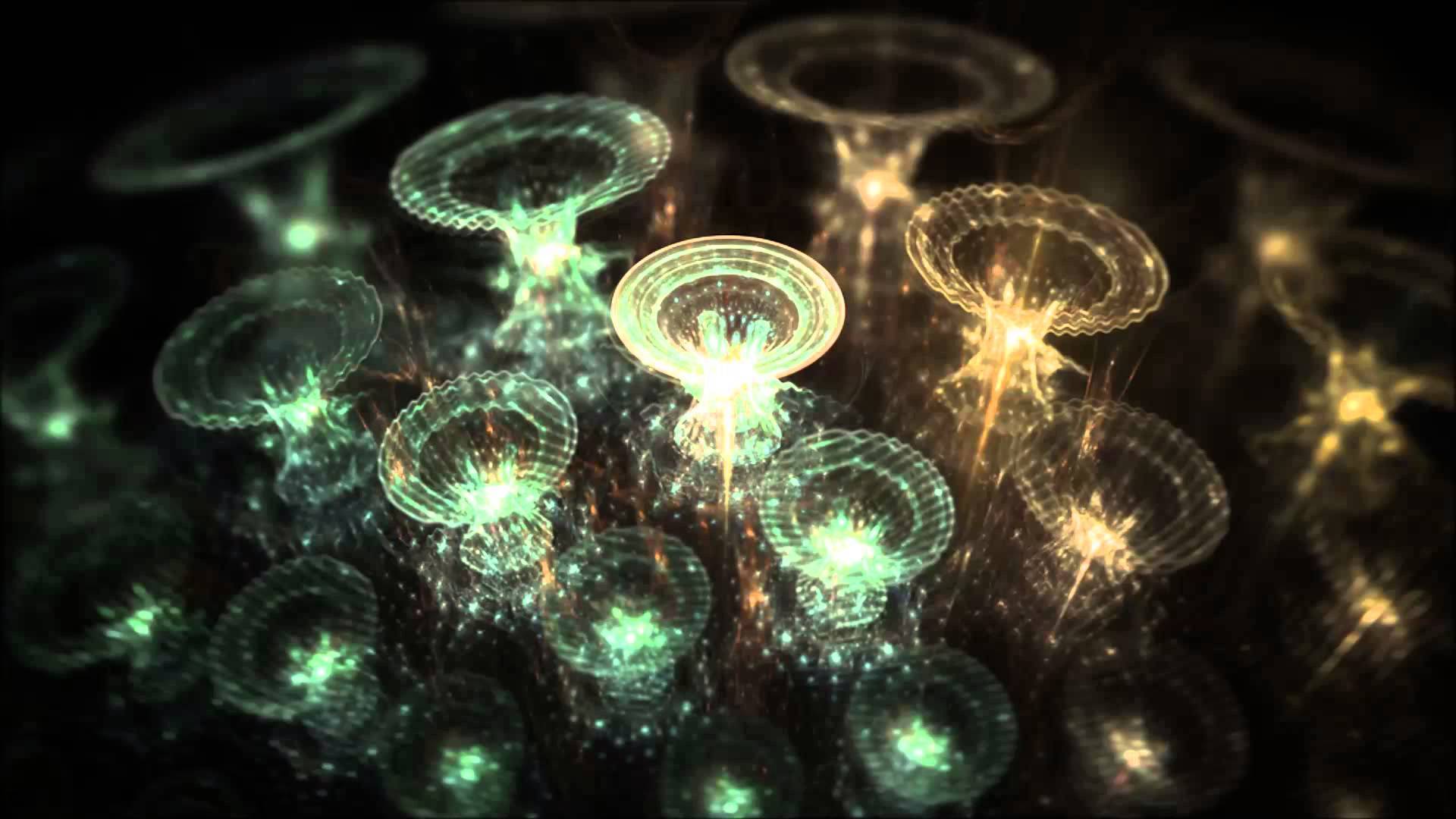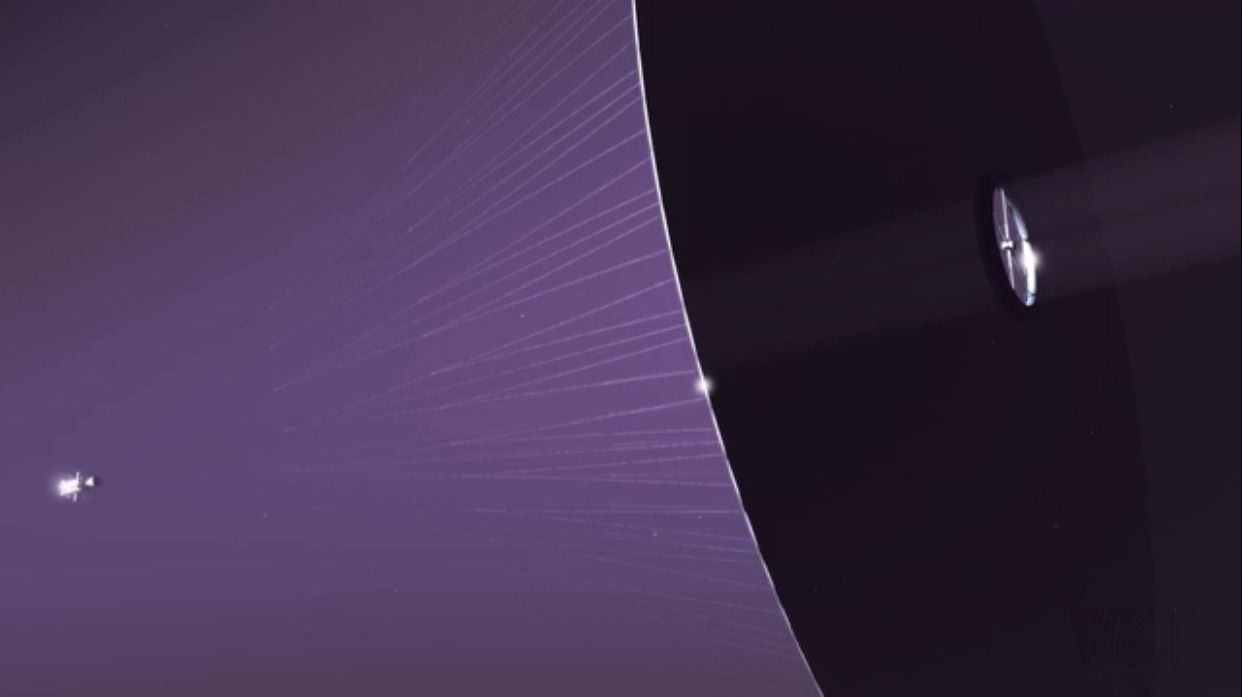Feb 25, 2016
Congress Considers Moon Camps and a Space Station Hotel for NASA’s Future
Posted by Sean Brazell in categories: space, transportation
Congress held a meeting today on what NASA’s overall purpose should look like under the next few presidents. But agreement on just what that purpose might be—as witnesses discussed everything from the planned Mars trip to a proposal for a space station hotel—seemed far away.
“If we treated the Air Force like we do NASA, we’d have no flying aircraft. We cannot decide every few years what we want the purpose of the space program to be,” said former NASA administrator Mike Griffin to the House Committee on Science, Space, and Technology this morning.
The Mars mission was a topic of heavy discussion. At one point, Congressman Ed Perlmutter (D-CO) waved a MARS 2033 bumpersticker over his head (whether he brought it with him to the meeting for that specific purpose, or simply has it on him at all times was unclear)—only to have his colleague Congressman Jim Bridenstine (R-OK) snap that perhaps Republicans should print their own Mars 2032 bumper stickers.
Continue reading “Congress Considers Moon Camps and a Space Station Hotel for NASA’s Future” »


















